Find out what the propagation and garden teams have been up to this week.
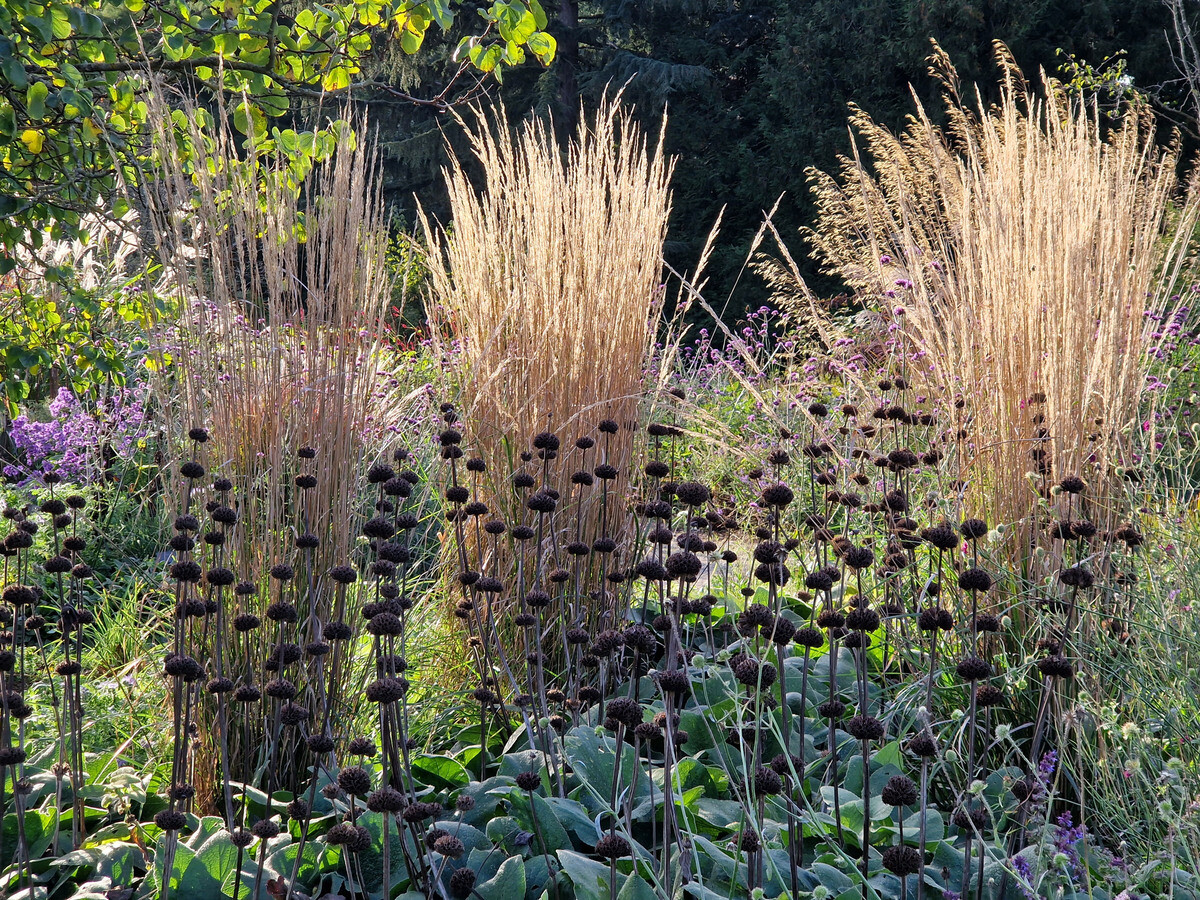
Favourite winter seedheads for wildlife
![]()
Gardening with wildlife in mind is now something many of us do instinctively, whether it’s leaving seedheads in place over winter, accepting ‘weeds’ which we know to be loved by pollinators, or sacrificing a few plants to hungry caterpillars!
Each year the garden team rethink their approach slightly, considering how their work impacts the wildlife who call the garden home. For example, last year, when cutting back spent stems to make way for emerging bulbs, instead of adding the material to the compost heap, they used these cuttings to create tipi-like structures within the borders to protect those insects already hibernating within the hollow stems, offer structures for mammals and amphibians to shelter within, and to avoid removing seedheads which will be used as a food source for birds throughout winter.
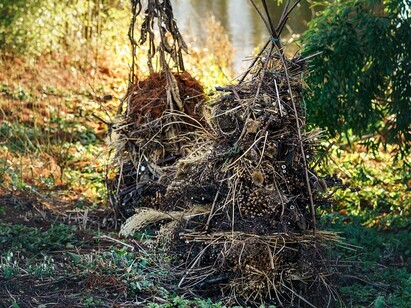
Dead hedges have also become a feature along the boundary line in the Reflection Garden. Prunings from shrubs and trees, which would have previously been added to a bonfire, are now woven between posts to create a habitat full of life. Win, win!
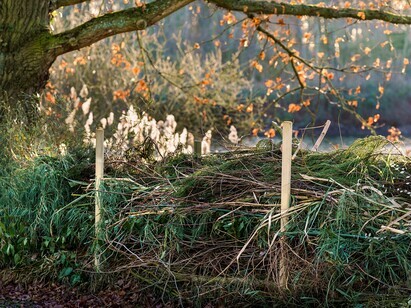
Planting with seedheads in mind
By planning and planting for seedheads, you will be offering a snack to visiting birds throughout the colder months when pickings are slim, providing shelter for overwintering insects, and bringing structure and interest to your garden when there’s not much else to see. After all, an architectural seedhead gilded with hoar frost in the depth of winter is one of those simple pleasures which are guaranteed to lift your spirits on those cold and frosty mornings.
Some of our favourite seedheads in the garden
Phlomis russeliana- From large clumps of soft heart-shaped leaves rise stiff stems carrying whorls of rich-yellow hooded flowers in midsummer. In the autumn, the seedheads are attractive in their own right and contain seeds that are food for finches and also provide shelter for beneficial predators such as ladybirds.
Echinacea- While it is the petal-like ray-flowers that attract pollinators visually, it is the disc-flowers in the centre which contain masses of nectar and pollen. There is no better flower in a late-summer border for visiting insects, from butterflies to bumblebees, honeybees and leaf-cutter bees, hoverflies and a whole lot more. At the end of the season, finches including goldfinches and greenfinches eat the seeds.
Agastache- These late summer spikes are attractive to wildlife and their effect is enhanced by coloured calyces. As with most members of the mint family, the flowers are a very important nectar source for larger pollinators especially bees and hoverflies and will provide food for birds, such as gold finches throughout autumn and winter.
Eryngium- Stand watching them in summer and you will see a steady progression of bumblebees, honeybees, smaller solitary bees, wasps and hornets, hoverflies, tachinid flies, butterflies, ladybirds and other beetles ... the list just goes on! Attractive seedheads are left for visiting birds to feast on.
Miscanthus- Overwintering tussocks of all clump-forming miscanthus are important hibernation sites for many beneficial predatory insects such as ladybirds, and the copious seeds in the showy seedheads are favoured by greenfinches and goldfinches.
![]()

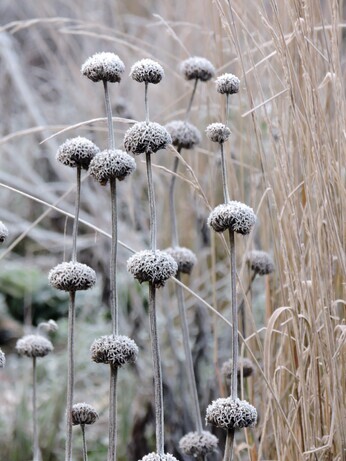
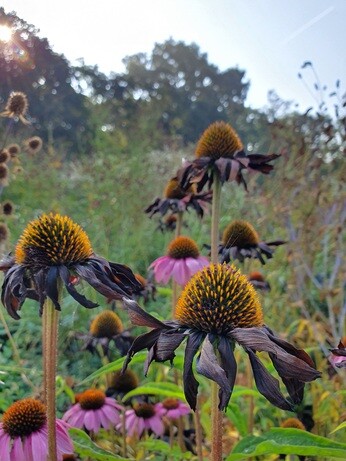
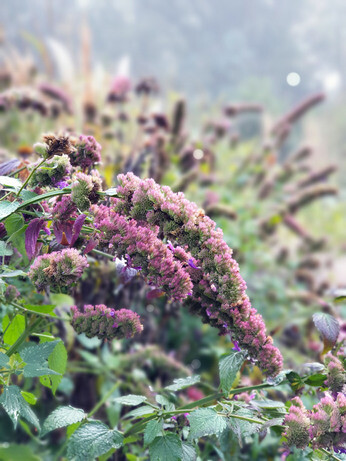
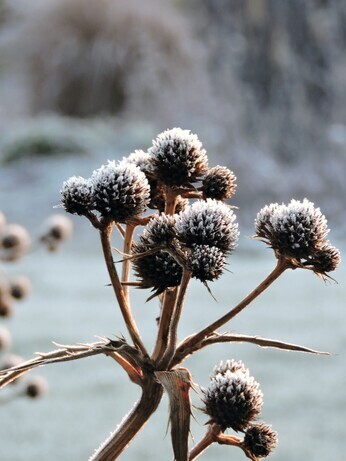
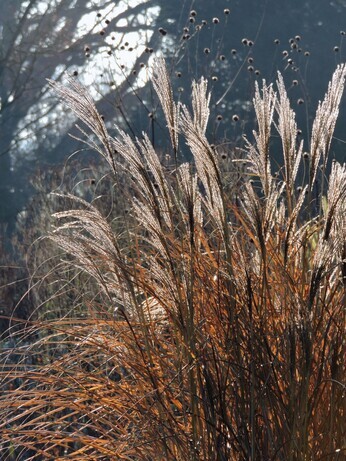
COMMENTS